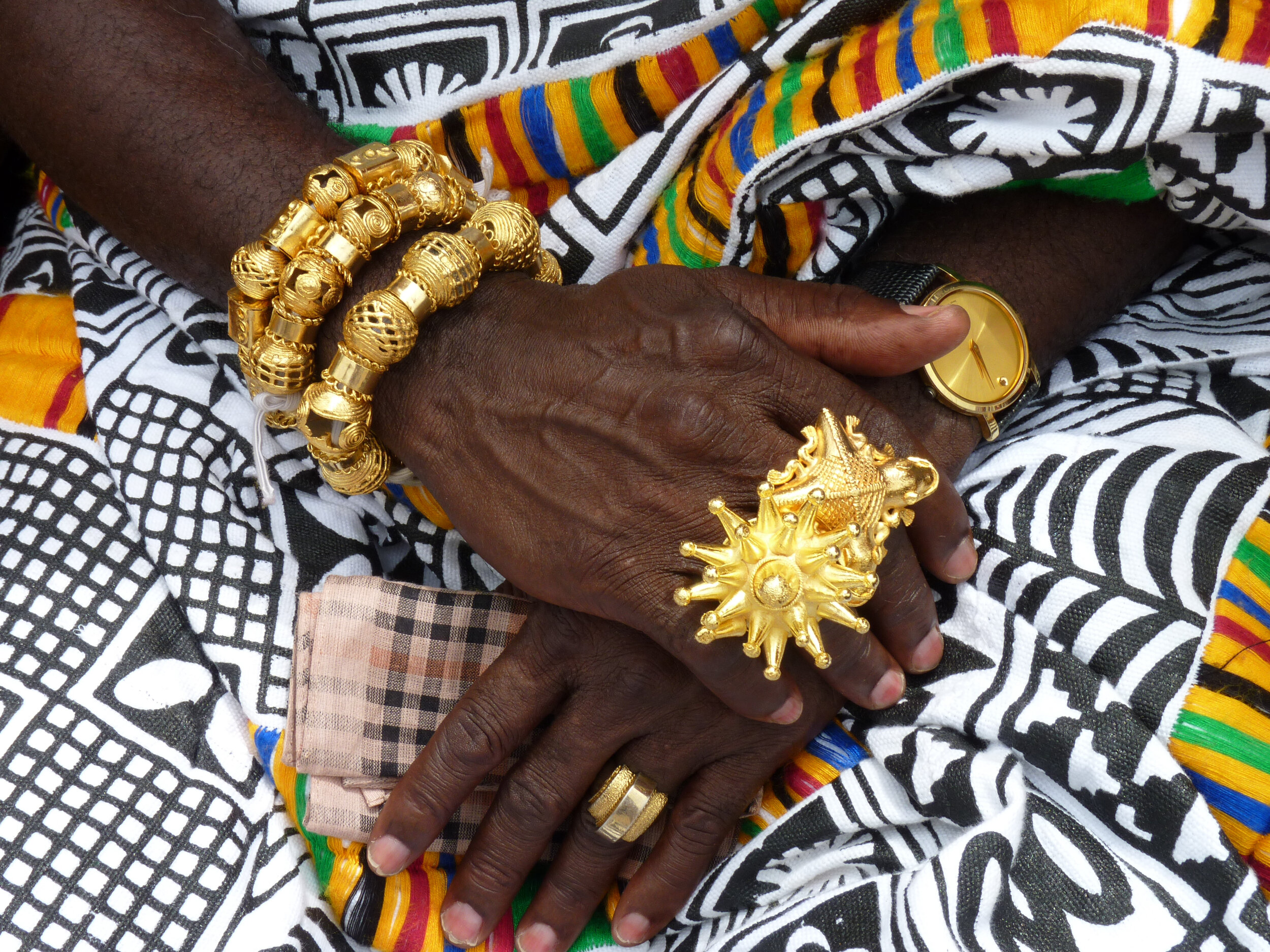Testing

Photograph courtesy of Willemien Jongman
Background
We are a social enterprise connecting people living in Harlem to arts and cultural industries’ opportunities that help them achieve economic self-sufficiency and their full potential. Training has always been a priority at SoHarlem: over the years we taught hundreds of unemployed and under-employed neighbors the skills needed to find well-paying jobs.
Economic development in West Harlem, intensified by gentrification and the expansion of Columbia University, has largely bypassed communities of color, particularly women.
Since 2011, SoHarlem has made it possible for many of our long-term neighbors to benefit from and participate in our sustainable economic development programs in West Harlem. We have also worked with our partners to keep Harlem’s ethnic, cultural, and aesthetic traditions and practices vital during a time of social change and transition.
Mission
To cultivate equitable opportunities in Harlem's creative sector, fostering a thriving cultural workforce and driving economic development.
Vision
A thriving Harlem powered by creative entrepreneurs at the intersection of arts and commerce—building on our legacy of equitable economic development since 2011.
SoHarlem has played a lead role in the transformation of the once desolate and decaying Manhattanville Factory District into a place where creative people run successful micro-businesses that employ local residents earning liveable wages. SoHarlem represents the intersection of the arts and community development sending a message to all that they matter.
Program focus
Together, these programs create a powerful ecosystem that supports creative individuals from concept to market. They demonstrate a commitment to both artistic expression and economic development within the Harlem community and beyond.
Incubate Creative Entrepreneurs
Creative Economy Training Institute
Custom Design/ReCouture Services
Studio Memberships
Made in Harlem On-Line Shopping.
Our Designers’ Studio, a fully equipped, compact manufacturing plant, has provided Harlem’s creative entrepreneurs and designers access to much needed, affordable work space.
